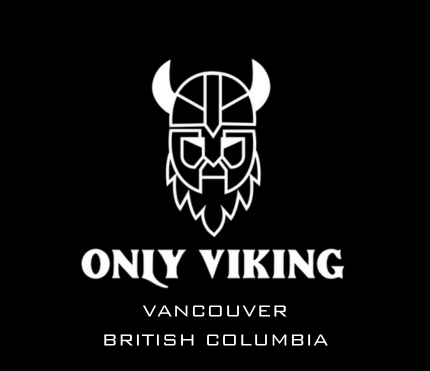In the realm of Viking craftsmanship, few creations embody the spirit of the seafaring warriors as elegantly as the Viking horn mug. These distinctive vessels, often adorned with intricate carvings and imbued with historical significance, offer a glimpse into the culture, artistry, and craftsmanship of the Viking age. In this blog post, we delve into the captivating world of Viking horn mugs, exploring their history, cultural significance, and the intricate techniques behind their creation.
History of Viking Horn Mugs
Viking horn mugs, also known as drinking horns, have a history deeply intertwined with Norse culture and tradition. These mugs were not just utilitarian vessels; they were symbols of status, hospitality, and connection to the spiritual world. The use of horns for drinking dates back to pre-Viking times, with evidence of similar vessels found in archaeological sites across Scandinavia. However, it was during the Viking Age that these drinking horns evolved into objects of art and importance.
Cultural Significance
Viking horn mugs held immense cultural significance within Norse society. They were often used in feasting halls and gatherings, where they symbolized camaraderie and shared experiences. The act of raising a horn for a toast fostered a sense of unity among warriors and community members alike. Beyond their social role, these mugs were also featured in religious rituals, where they connected the mortal realm to the divine.
Materials and Techniques
Crafting Viking horn mugs was a meticulous process that required skilled artisans and an understanding of both the material and the art form. Horns from cattle, goats, and other animals were carefully selected for their size, shape, and quality. The horns were then cleaned, polished, and treated to ensure they were safe for drinking.
One of the most remarkable aspects of Viking horn mugs is the intricate carvings that adorned their surfaces. Artisans used a variety of tools, including knives and chisels, to create elaborate patterns, depictions of mythological scenes, and symbols of significance. These carvings not only showcased the craftsmanship of the creator but also told stories and conveyed cultural values.
Techniques of Craftsmanship
-
Horn Selection: Artisans would choose horns that suited the intended purpose of the mug, whether it was for feasting, ritual, or personal use. The size and curvature of the horn played a role in the mug's final design.
-
Cleaning and Shaping: The chosen horn underwent a thorough cleaning and shaping process to remove any remnants of tissue and to achieve the desired form. This step was crucial for creating a functional and visually appealing mug.
-
Carving and Decoration: Skilled carvers meticulously engraved intricate designs onto the surface of the horn. These carvings ranged from simple patterns to complex scenes from Norse mythology, showcasing the artisan's expertise.
-
Polishing and Finishing: After carving, the horn mug was polished and coated with natural oils or waxes to enhance its appearance and preserve the material. This step also ensured the mug was safe for holding liquids.
-
Adding Handles and Bases: In some cases, handles and bases made from materials like wood or metal were attached to the horn to enhance the mug's functionality and aesthetic appeal.
Legacy and Revival
While Viking horn mugs are artifacts of the past, their legacy lives on in modern times. Craftsmen, historians, and enthusiasts have revived the art of crafting these mugs, employing both traditional techniques and contemporary innovations. These modern artisans pay homage to the craftsmanship of their Viking predecessors while creating pieces that capture the essence of the past.
Conclusion
The art of crafting Viking horn mugs is a testament to the ingenuity, skill, and creativity of the Viking people. These vessels transcend their utilitarian function, serving as windows into a bygone era of feasting, storytelling, and communal bonds. The history and techniques behind Viking horn mugs remind us of the deep connection between craftsmanship, culture, and the human spirit. As we continue to appreciate and revive this ancient art form, we honor the legacy of the Vikings and their enduring impact on art and culture.

